Latest Posts by biotechgirl - Page 3

The human heart stripped of fat and muscle, with just the angel veins exposed.

Whales are fish
Thanks mom

Basic
What your thoughts look like, a timelapse of neurons making new connections (source)


Fig. 13. Brain and spinal cord. An introduction to the study of human anatomy. v.2. 1835.

Lytic cycle vs lysogenic cycle of viruses…in a GIF!

Chinese woman with ovarian cyst pre-operation. The cyst, which weighed 182 pounds, was successfully removed by M. Elizabeth Reifsnyder, MD, in Shanghai in 1894.

Welcome to the internet....🤷🏽♂️

Anatomy of the torso by Joseph Maclise.

Plate VII, Illustration of various diseases of the eye
What does hand sanitizer work on, exactly? 🤔

Another great graphic compliments of PopSci via Sara Chodosh [Instagram].

Considering recent events, I believe that it would be a great time to learn a thing or two about viruses.I’m not talking about Covid-19 in special, but all viruses so the next few posts on this blog will be about this.
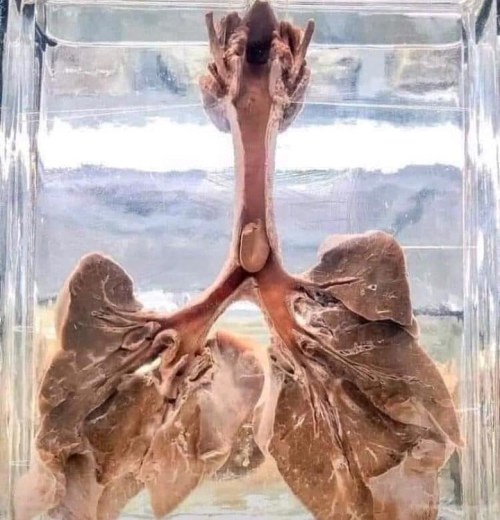
A Peanut Lodged Inside a Child’s Trachea. This photo is a cross section of the lungs of a small child who died of suffocation, and provides a sobering example of how much of a hazard choking is for young children. ⠀ ⠀ Via @medicaltalks

Two dissected heads by Jacques-Fabien Gautier d'Agoty, 1748.













Spock stimboard for anon
x x x - x x - x x x

My 1/40 days of productivity 📖 🖤

Tea and chemistry ☕️🧪🖤 50 days until exam
Anyone wants to see a glowing DNA molecule??
Yes you do Im too proud of it and find it Way too cool not to share here they come
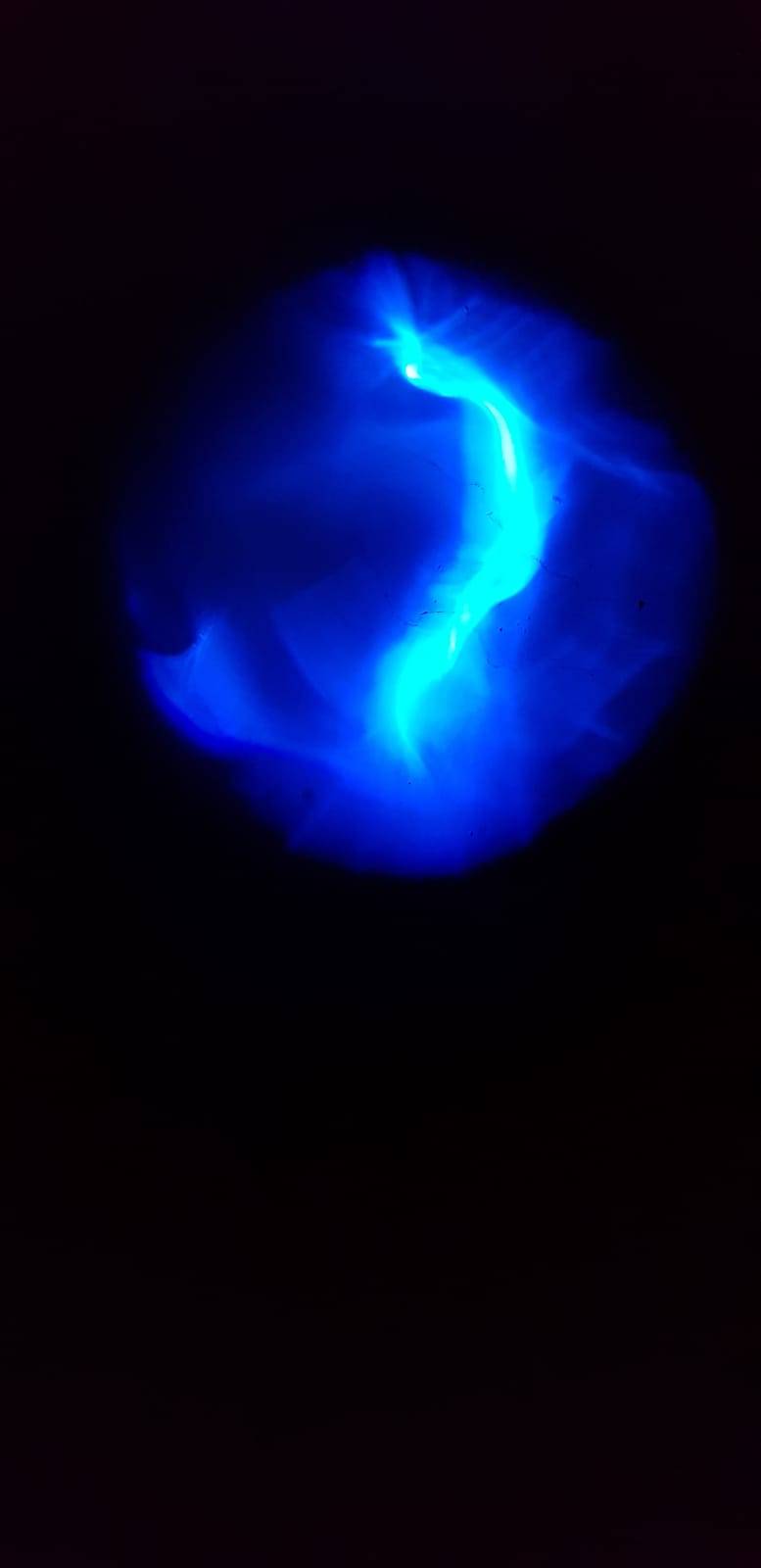


Pictures show DNA molecules isolated from tobbaco leaves and dyed with DAPI fluorescent dye.
Arent they beautiful? Like little lightnings inside every living thing on earth

The X-Ray of a Pregnant Dog.

The Skeleton of a Stingray.
For six months I attended classes about them. You can bake them and they will survive. Super cute and powerful creatures 💞
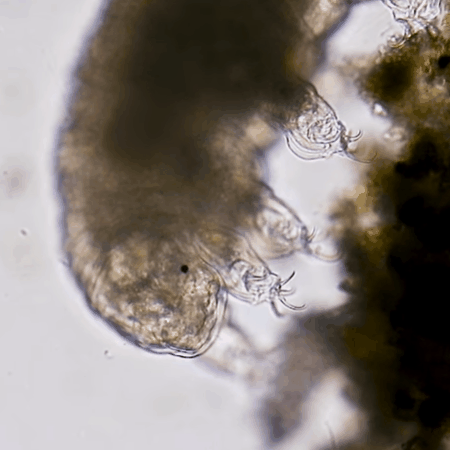
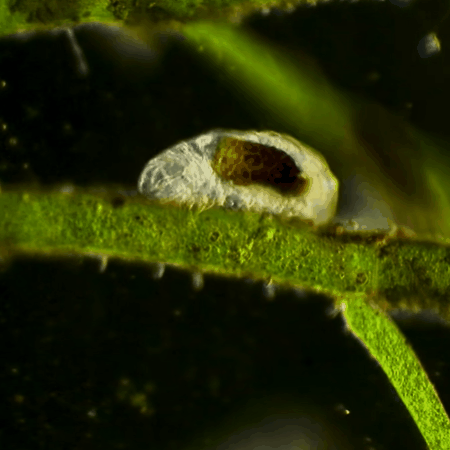
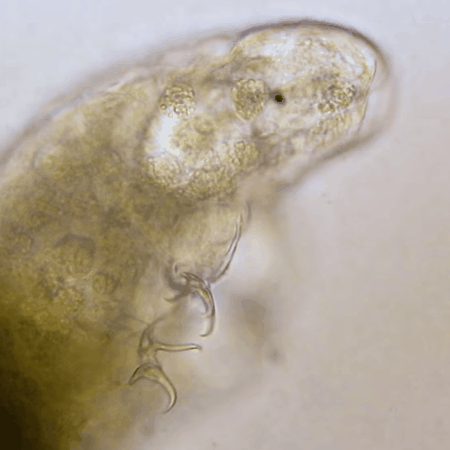
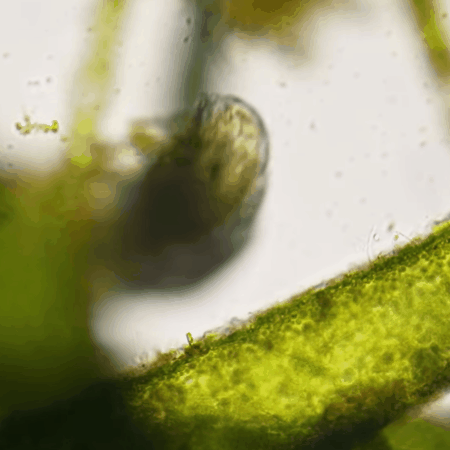
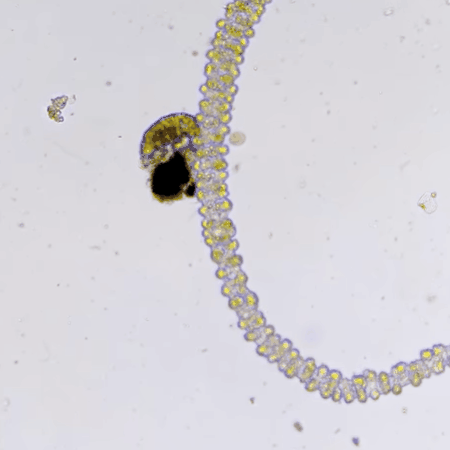

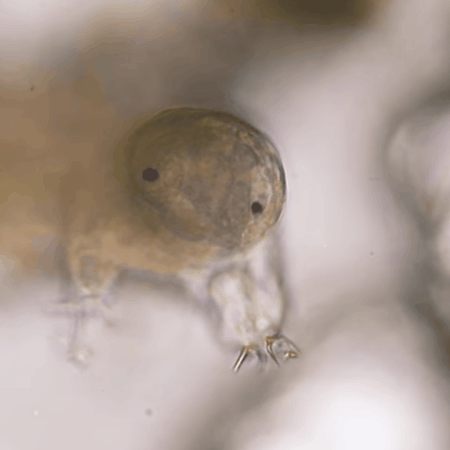
THIS IS A TARDIGRADE APPRECIATION POST
Journey to the Microcosmos: Tardigrades: Chubby, Misunderstood, & Not Immortal
Remember! 🤓

The Importance of Hand Washing: 5 Different Washing Durations and their Efficiency. (Glowing Regions Show Dirt and Microorganisms).
1. Before Washing, 2. Rinse and Shake, 3. Six Second Wash No Soap, 4. Six Second Wash with Soap, 5. Fifteen Second Wash with Soap, 6. Thirty Second Wash with Soap.
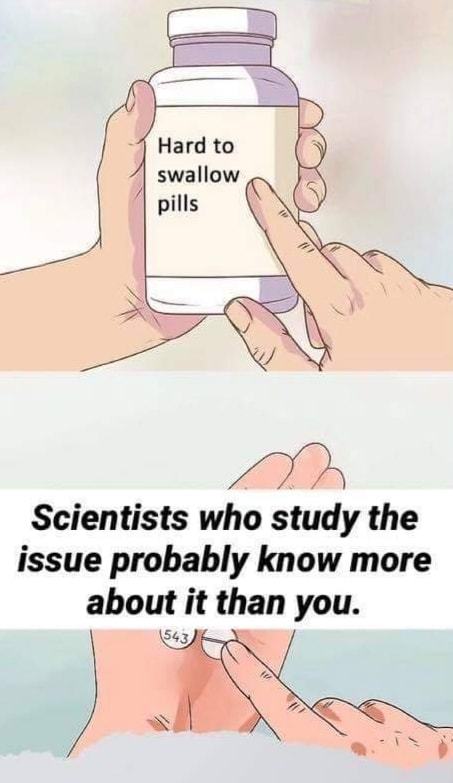
Dunning-Kruger Syndrome is treatable.

Disclaimer: These are online resources that I have found, They are not meant to be your only source of study, instead you can use them to your enhance your normal study. I don’t know what level these resources are aimed at, but I’ve tried to provide a range for a number of different topics.
The Body:
Teeth and Dentition
Take a look inside a cell (with some audio)
Explore human anatomy in 3D
Skeletal System
Muscular system
Cardiovascular system
Digestive system
Endocrine system
Nervous system
Immune/ Lymphatic system
Urinary system
Female reproductive system
Male reproductive system
What we didn’t know about penis anatomy - Ted Talks
Integumentary system
Sensory systems
3D Brain
Brain explorer program
How brains learn to see - Ted Talks
Body parts on a chip - Ted Talks
The real reason for brains - Ted Talks
A look inside the brain in real time - Ted Talks
Cells:
Amazing cells - inside a cell, how vesicles transport, communication during fight or flight, membranes.
Cell size and scale
The evolution of the cell
Interactive cell model
The inside story of cell communication
Stem cells - cell differentiation, stem cells in use, potential use, stem cell debate.
Cloning
Animals and Plants:
Interactive tree of life
Buds and Twigs (Background article: Buds and Twigs).
Seeds and Germination (Background article: Seed Structure).
Vegetative Reproduction (Background article: Vegetative Reproduction).
Vegetative Reproduction - Tropical Examples
Flower Structure
Flower Structure - Tropical Examples
The beautiful tricks of flowers - Ted Talks
Fruit Formation
Fruit Formation - Tropical Examples
Protista
Insect Life-Cycles
Insect - Tropical. The Citrus Swallowtail Butterfly, Papilio demodocus
Insects are awesome! - Ted talks
How a fly flies - Ted Talks
Fish: Characteristics
Fish: Tilapia
Amphibia
Birds
Fungi
6 ways mushrooms can save the world - Ted Talks
Animals that amaze - Ted Talks
Humble plants that hide surprising secrets - Ted Talks
Genetics:
Alien population games
Make a Karyotype (game)
Pigeon Breeding: Genetics At Work
The secret of the bat genome - Ted Talks
The hunt for “unexpected genetic heroes” -Ted Talks
What’s a Genome? - An informative overview of genomics presented by the Genome News Network. Topics include: What’s a Genome?, What’s Genome Sequencing? and What’s a Genome Map?
The Animated Genome - A 5 minute film about DNA.
Discovery of DNA - An interactive timeline of scientific discoveries
Heredity
Family Health History
Genetic Traits
Mendelian Inheritance
Mitochondrial Inheritance
Multifactorial Inheritance/Complex Disease
Sexual Heredity vs Asexual Heredity
RNA
Structure of the double helix
Chromosome Map 3D Animation - A 3D animation of a chromosome map
DNA Molecule - How DNA is Packaged - An animation of the packaging of DNA into chromosomes
Introduction to inherited traits
Chromosome and inheritance
Introduction to Medelian genetics
Introduction to pedigrees
Molecular genetics
What is DNA Replication?
Transcription (gene expression)
Translation
Replicating the Helix - A short animation of DNA replication
DNA Replication (Advanced Detail) - A detailed animation of DNA replication
X or Y: Does it make a difference?
Molecular basis of heredity, Nucleic Acids
Molecular basis of heredity, Genomes
Molecular basis of heredity, Genetic variation
Molecular basis of heredity, gene identification
The DNA Files - A series of 14 one-hour public radio documentaries and related information.
Understanding Gene Testing - An informative, illustrated tutorial on genes and genetic testing.
Epigenetics
Genetic science
Evolution:
Genetic Drift
Natural Selection
Origins of Genetic Variation
Health:
Genetic disorders
Pharmacogenomics
Family health history
Gene therapy
Fighting a contagious cancer - Ted Talks
Other:
Biology GCSE & IGCSE Question Bank
Can Bacteria Be Designed to Create Gasoline?
Model Earth (Ecology)
Extreme Environments: Great Salt Lake
Astrobiology
The Human Microbiome
The Science of Addiction: Genetics and the Brain
Virtual labs
Biology textbook
Biology Experiments
Where are the baby dinosaurs? - Ted Talks
Digging up dinosaurs - Ted Talks
100 Best (Free) Science Documentaries Online
More Biology documentaries and videos
Ocean wonders -Ted Talks
The sea we’ve hardly seen - Ted Talks
A census of the ocean - Ted Talks
Deep ocean mysteries and wonders - Ted Talks
The weird, wonderful world of bioluminescence - Ted Talks
Online Lessons and Guides:
Chemistry of life
Elements and atoms – elements and atoms, matter, elements and atoms, introduction to the atom, atomic number, atomic mass, and isotopes.
Electron shells and orbitals – orbitals, electronic configuration, valence electrons, groups of the periodic table, the periodic table, electron shells, and orbitals.
Chemical bonds and reactions – ionic, covalent and metallic bonds, electronegativity and bonding, intermolecular forces, chemical bonds, chemical reactions introduction and chemical reactions
Water, Acids and bases:
Hydrogen bonding in water – hydrogen bonding in water, hydrogen bonds in water, water as a solvent, solvent properties of water.
Cohesion And adhesion – capillary action and why we see a meniscus, surface tension, cohesion and adhesion in water
Temperature and state changes in water – LeBron asks why does sweating cool you down, evaporative cooling, heat of vaporisation of water and ethanol, specific heat of water, liquid water denser than ice, specific heat, heat of vaporisation, and density of water
Acids, bases and pH – autoionisation of water, Arrhenius definition of acids and bases, bronsted-Lowry definition of acits and bases, definition of pH, acids bases, pH and buffers
Cellular and molecular biology
Cells – diffusion and osmosis, nucleim membranes, ribosomes, eukaryotws and prokaryotes, endoplasmic reticulum and golgi bodies, chromosomes, chromatids, and chromatin.
Introduction to cell division - Fertilization terminology: gametes, zygotes, haploid and diploid, zygote differentiating into somatic and germ cells
Mitosis – interphase, mitosis, phases of mitosis, mitosis questions.
Meiosis – comparison of mitosis and meiosis, chromosomal crossover in meiosis 1, phases of meiosis 1, phases of meiosis 2.
Stem cells and cancer – embryonic stem cells, cancer.
Cellular respiration – ATP, ATP hydrolysis mechanism, introduction to cellular mechanism, oxidation and reduction review from biological point of view, oxidation and reduction in cellular respiration, glycolysis, krebs cycle, elctron transport chain, oxidative phosphorylation and chemiosmosis.
Photosynthesis – light reactions, photophosphorylation, calvin cycle, photorespiration, C-4 photosynthesis, cam plants
Human Biology:
Circulator and pulmonary systems – the lungs, red blood cells, circulatory system, haemoglobin.
The neuron and nervous system – neuron anatomy, sodium potassium pump, action potentials, salutatory conduction, neuronal synapses.
The kidney and nephron – kidney and nephonr, secondary active transport.
Muscles – myosin and actin, tropomyosin and troponin, role of sarcoplasmic reticulum in muscle cells, anatomy of skeletal muscle fibre.
Immunology – phagocytes, immune responses, b lymphocytes, antigen presenting cells and MHC II complexes, helper T cells, cytotoxic t cells and MHC I complexes, review of cells, inflammatory response.
Heredity and evolution
Evolution and natural selection – introduction, ape clarification, intelligent design and evolution, natural selection and the owl butterfly, variation in a spcies.
Heredity and genetics – introduction, Punnett squares, allele frequency, Hardy Weinberg equation, sex linked traits, DNA, RNA transcription and translation, alleles and genes.
Tree of life – taxonomy and the tree of life, species, bacteria, human prehistory
Crash Course
Biology and ecology – pollution, conservation, ecosystems, nitrogen cycle, history of life on earth, population growth.
(Spotlight Lessons): Ecology
Estimating Population Size – simulate mark and recapture by using small objects to trap and tag. A simple formula will tell you what the overall population size is which can be verified by counting the objects in the bag.
Owl Pellet Dissection – owl pellets are undigested bits of fur and bones that owls regurgitate. Students can examine the contents, reconstruct the skeleton of the prey and make inferences about the owl’s diet.
Interpreting Ecological Data – examine charts, data tables and graphs to answer questions about population size, growth, and carrying capacity.
Biome Project – as a group, investigate a biome and present to the class the main features, animal and plant species present and general climate.
Isopod Behavior Lab – collect isopods (pillbugs) and design a chamber to test their response to different environments, such as temperature, moisture, and substrate.


